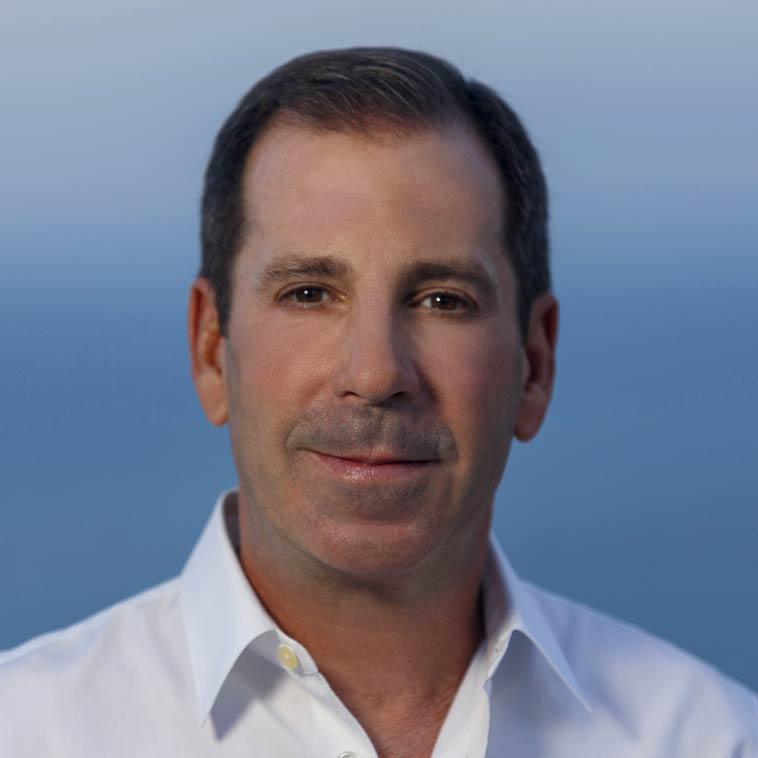by Mark Sanna, DC, ACRB Level II, FICC •
President & CEO Breakthrough Coaching •
The Great Recession forced many seasoned chiropractors to reconsider their retirement plans. Many chiropractors in their mid 50s and 60s envisioned retiring at the age of 65 with a comfortable nest egg resulting from a lifetime of earning followed by the successful sale of their practice. Unfortunately for many, the recession crushed this dream. Savings and investment accounts were wiped out and the availability of credit for potential practice purchasers dried up. The financial reality for many of this generation of chiropractors required adding a decade to their practice career and becoming the source of funding for the sale of their practice. This placed them at considerable financial risk should the potential buyer default on their promise to pay. Not a promising way to end a career of dedicated service.
At the other end of their chiropractic career, many recently graduated students find themselves saddled with two hundred thousand or more dollars in student loans. Not only does this mean that many will have to work until their mid 40s or 50s to pay off their debt, it also places them in the position of being unable to start a practice of their own or purchase an existing practice. The future for this generation of chiropractors means a lifetime of employment working as an associate, without the potential of owning a practice of their own. Not the reason why most chose chiropractic as their career.
The Silver Lining
While the picture I have painted for you may seem dire and depressing, there is a silver lining. The confluence of the financial uncertainty of both senior and new practitioners provides the opportunity for a solution that is mutually beneficial for all parties: The Sweat Equity Buy Out (SEBO). The SEBO provides the practice owner with an exit strategy that significantly reduces the need to act as the source of funding and ensures the maximum value of the practice will be maintained throughout the process. It provides the practice buyer with an entrance strategy by enabling him or her the ability to accumulate funds for the purchase of a practice that could not be accumulated through traditional means.
Here’s how it works. The practice owner and practice purchaser enter into an agreement whereby the purchaser becomes an associate of the practice. A tabulation of the associate’s monthly financial needs is made. This includes all of the associate’s living expenses such as rent or mortgage, meals, personal debt, auto loan, credit cards and student loan payments. It is important not to underestimate these living expenses, as to do so would require the associate to divert his or her complete attention from building and growing the practice to seeking income from outside the practice in order to meet their financial needs. The typical living expense of the new practitioner ranges between four and five thousand dollars per month, including student loan payments.
Once the monthly living expenses have been agreed upon, a calculation of the potential increased overhead required to support the addition of an associate to the practice is made. This will include such items as malpractice insurance, health insurance, additional staff hours, additional equipment, continuing education and licensure expenses. Once again, it is important not to underestimate these expenses as to do so could place the existing practice under cash flow requirements that it might be unable to provide. The typical increased overhead expense is three to four thousand dollars per month, including a cushion for error.
The SEBO Escrow Account
The combination of living expenses plus increased overhead expenses becomes the base salary for the associate. Once the associate generates sufficient income to cover the base salary, the balance of the income generated becomes part of a bonus pool. The difference between a SEBO and traditional associate agreement is the creation of an escrow account. The bonus pool is divided between owner and associate, with the owner retaining between 60% and 70% of the pool. A portion of the associate’s 30-40% of the bonus pool is set aside in an escrow account to accumulate, over an agreed upon period (typically five years), to be used to fund the purchase of the practice. The more aggressive the associate is in funding the escrow account, the sooner he or she will accumulate the funds needed for a down payment or full purchase of the practice.
Some owners agree to provide matching funds, offering to supplement the associate’s deposits in the escrow account to some level, thereby paying themselves forward by contributing to the amount available for the future purchase of the practice. The base and bonus percentages can be altered if the associate has an existing practice that is being merged into the owner’s practice rather than starting a practice from scratch. I recommend that both associate and owner work with a consultant, attorney and accountant when entering into a SEBO agreement.
What makes this arrangement work is that, should the associate decide before the agreed upon date to break the agreement, the funds in the escrow account are forfeited to the practice owner. This accomplishes two important goals. First, it enables the associate to accumulate the funds needed to purchase the practice without having to seek outside sources of funding such as a bank loan. If the amount in the escrow account doesn’t cover the entire purchase price of the practice, the associate will have a much easier time qualifying for outside funding as he or she will have established a financial track record working in the practice being purchased and is also putting his or her own funds into the deal. Secondly, the practice owner has the peace of mind of knowing that the associate has “skin in the game” and that should the deal be broken prior to the agreed upon date, that he or she does not have to reset the clock back to zero, but can move forward with only a slight speed bump in their exit strategy.
Many Benefits
There are many other benefits of the SEBO. The associate chiropractor has access to the expertise and guidance of the senior practitioner’s patient and business management skills. The owner, entering the final stretch of their career, has the benefit of a tech-savvy younger associate, familiar with electronic record keeping, Internet, social media and other technologies required to run a practice in our digital age. Ideally the associate should seek to match the owner in technique and treatment recommendations so that eventually patients will accept care from either provider. In this manner, upon the purchase of the practice by the associate and retirement of the owner, the practice has been perfectly positioned with staff and systems required to receive the next associate who could possibly become the exit strategy for the new owner. The SEBO breaks the cycle of our currently dysfunctional strategies for practice entrance and exit, providing a winning solution for the past and future accomplishments of the chiropractic profession.
Dr. Mark Sanna is a member of the Chiropractic Summit, the ACA Governor’s Advisory Board and a board member of the Foundation for Chiropractic Progress. He is the president and CEO of Breakthrough Coaching (www.mybreakthrough.com 1-800-723-8423).










 ▶︎
▶︎  Why is the Discount Challenge prize amount $15,024? Because that is the average “per-occurrence” fine for Medicare inducements. That’s not $15,024 per patient, that’s not per provider, that’s PER VISIT. Stinks, doesn’t it? To us, the prize amount is worth the investment if we can help our profession better understand proper discounting.
Why is the Discount Challenge prize amount $15,024? Because that is the average “per-occurrence” fine for Medicare inducements. That’s not $15,024 per patient, that’s not per provider, that’s PER VISIT. Stinks, doesn’t it? To us, the prize amount is worth the investment if we can help our profession better understand proper discounting.